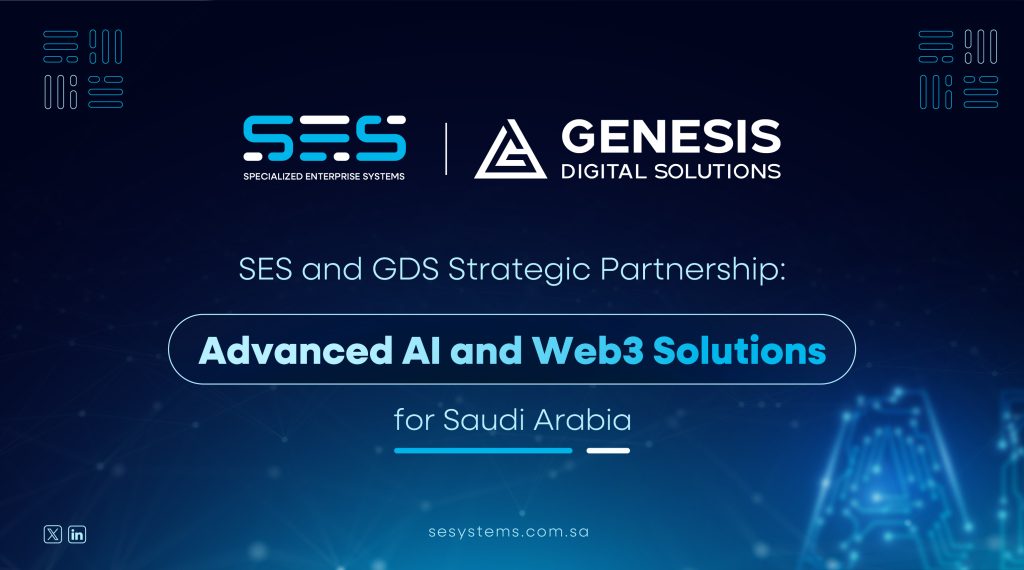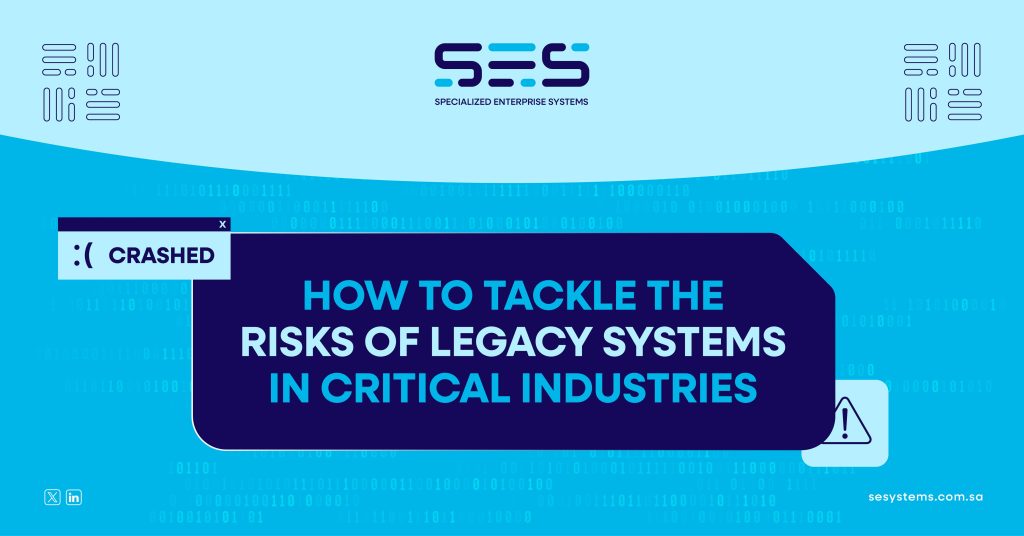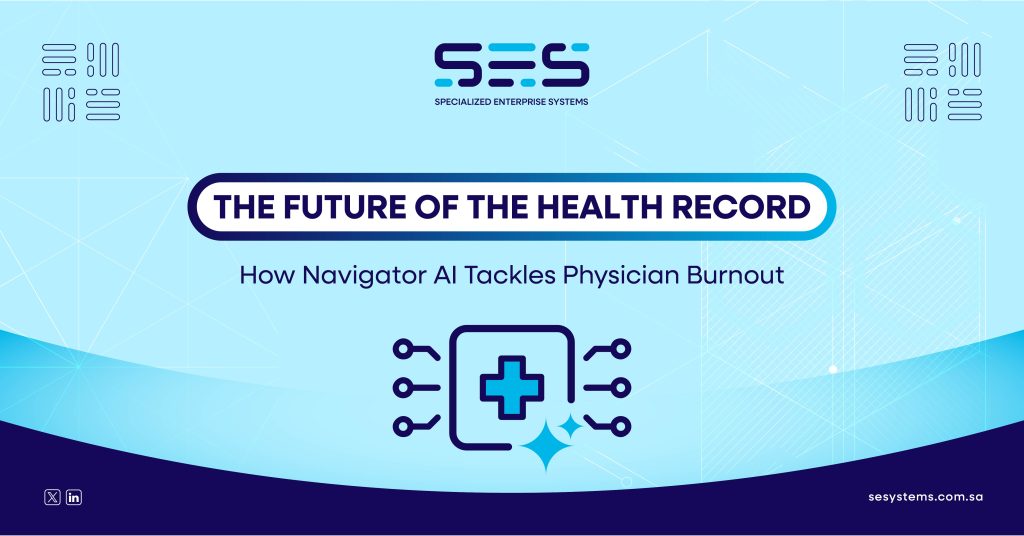Saudi energy networks are built on a patchwork of communications systems: EDACS and Harris P25 for mission-critical voice, Rohill and Motorola TETRA solutions for field operations, SDH systems and microwave links from Aviat, Nokia, Intercom and Cambium for backhaul. These platforms have proven their resilience over decades — but they weren’t designed for AI and robotics.
In 2025, industry leaders consistently cite a “lack of readily deployable technologies” as a barrier to digital transformation. Cisco estimates that the average drilling platform generates 1–2 terabytes of data each day from around 80,000 sensors — yet most data isn’t yet captured and analyzed in real-time, due to connectivity bottlenecks.
This gap limits the industry’s ability to leverage next-gen technologies at scale to improve safety and production efficiency. In Saudi Arabia, this is more than a technical challenge. Under Vision 2030, critical communications infrastructure is becoming a national competitiveness issue — directly tied to operational excellence, energy diversification, and the development of local capability through iktva.
Future-proofing our networks means ensuring the resilience and intelligence to sustain leadership in global energy. O&G networks must evolve from patchworks of legacy voice and data systems to create an intelligent connectivity fabric built for ultra-low latency, massive bandwidth, and guaranteed reliability.
Layer 1: The Foundational Connectivity Fabric
Laying the foundation for true digital transformation — the “autonomous oilfield” — requires a hybrid network that guarantees performance everywhere, for every application. Now, two key innovations are making this a reality.
Beyond 5G: The Power of Private 5G-Advanced Networks
According to one Ericsson study, most O&G companies — 70% — don’t have real-time insights on the condition of their assets. They’re replacing equipment according to schedule, rather than its actual condition. The result is either unnecessary cost for replacement parts or unplanned downtime due to equipment failure.
5G networks, however, can solve this problem. 5G gives O&G the data to:
- Reduce the number of maintenance sessions by 25%
- Reduce the number of workers monitoring equipment by 80%
- Reduce unexpected downtime by 35% compared to a maintenance schedule only program
The most innovative O&G businesses have deployed 5G across their works — and are now going beyond standard 5G. 5G-Advanced introduces crucial industrial capabilities with low latency, minimal delay variation and near-zero data loss. 5G-Advanced is both faster and smarter than 5G, allocating resources based on strategic priority as well as increasing speed of data transfer.
One of the most important innovations is RAN Slicing, allowing operators to split network resources into dedicated “slices”. This prevents network resource congestion — ensuring, say, a video stream from a drone can never interfere with a critical safety alert from a wireless sensor.
Think of it as creating multiple, isolated virtual networks on a single physical infrastructure. One dedicated, ultra-reliable, low-latency “slice” could be used for safety-critical robotics, ensuring commands are executed instantly. Another high-bandwidth slice can be dedicated to streaming 4K video from surveillance drones, while a third slice supports millions of low-power IoT sensors.
Layer 2: The Intelligence and Application Layer
With 5G-Advanced and/or LEO connectivity, oil & gas leaders can deploy the applications that drive intelligent, autonomous operations for the first time.
- AI at the Edge: Placing AI processing power directly at the facility enables instantaneous decision-making. An edge device can analyze video feeds to trigger a safety alert or process sensor data to automate a valve shutdown in milliseconds, without relying on a distant cloud.
This local processing power is critical for safety and operational efficiency, as it eliminates the latency and potential for network congestion that comes with transmitting huge volumes of data to a central data center for analysis. - Immersive Human-Machine Interaction (XR): This is where data becomes visualization and action. 5G Advanced is engineered to support the evolution of Extended Reality (XR), moving from simple AR overlays to fully immersive experiences.
A digital twin can provide a clear, real-time virtual replica of a physical asset, facility, or even an entire oilfield for predictive analysis. Combined digital intelligence with XR, empowers O&G workforces by projecting the digital twin directly onto their physical world for training, remote guidance, and complex maintenance — improving safety and efficiency.
This two layer solution — built on technologies soon to go to market — creates a strategic roadmap for full digital transformation in O&G. It closes the loop on a decades-old problem, replacing fragmented, voice-centric communications with a single, intelligent network.
Strategic Imperative & Tangible Impact
According to one 2025 report, upstream companies deploying advanced analytics have achieved an additional value of >$5 per barrel, while downstream operations saved >$1 per barrel through optimization.
McKinsey, meanwhile, forecasts that advanced connectivity to optimize drilling and production throughput and improve maintenance and field operations could add up to $250 billion of value to the industry’s upstream operations by 2030.
This unified, data-driven communications architecture transforms connectivity from a limiting factor into a strategic differentiator—increasing safety, operational excellence, and profitability. SES can help you get there. Contact us to find out more.










